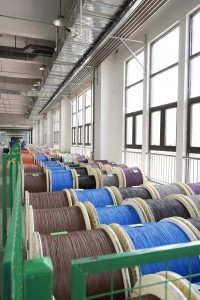cat6a utp vs ftp

In today's fast-paced digital landscape, choosing the right network infrastructure is essential for both residential applications and business environments. One critical component that plays a significant role in networking efficiency is the Ethernet patch cord. Among the various types available, Cat5 and Cat5e patch cords are two of the most commonly used. While these two categories may appear similar at first glance, they possess distinct differences that can significantly impact network performance. In this article, we will explore the differences between Cat5 and Cat5e patch cords, focusing on their speed capabilities, crosstalk resistance, bandwidth, and overall compatibility.

communication-cable
Module
Unshielded RJ45/Shielded RJ45 Tool-FreeKeystone Jack
Patch Panel
1U 24-Port Unshielded or Shielded RJ45
Apr.16th-18th, 2024 Middle-East-Energy in Dubai
Apr.16th-18th, 2024 Securika in Moscow
May.9th, 2024 NEW PRODUCTS & TECHNOLOGIES LAUNCH EVENT in Shanghai
Post time: Aug-14-2024
